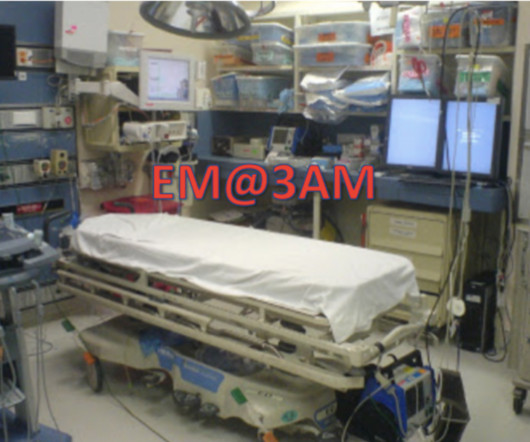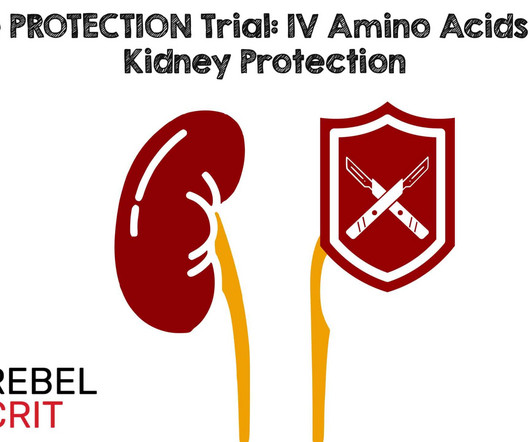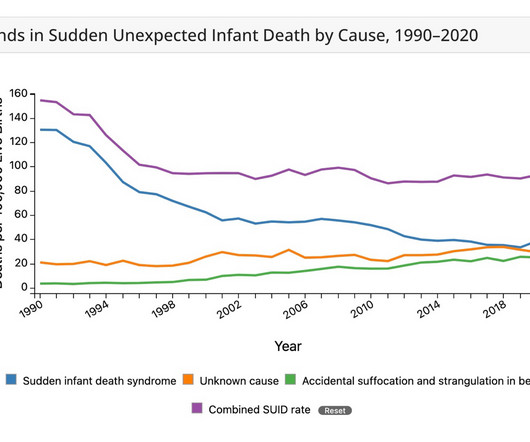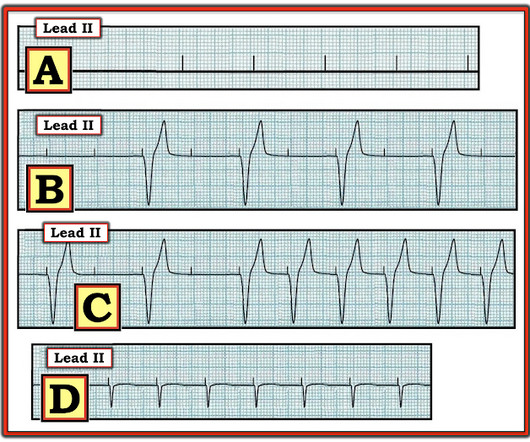EM@3AM: Stercoral Colitis
EMDocs
JANUARY 11, 2025
2, 8-10, 14 The clinical symptoms range from vague abdominal pain to florid septic shock and peritonitis secondary to bowel perforation. Clinical exam: 2, 3, 9 Abdominal distension and tenderness Nausea and vomiting Stool present in the rectal vault Peritonitis may be accompanied by hemodynamic instability in the case of sepsis.









































Let's personalize your content